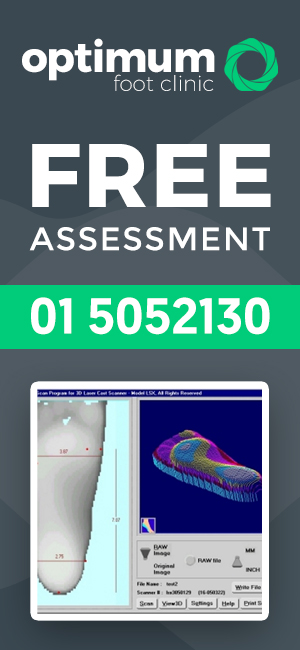Actually, probably not.
Well, not how you think, or how your G.P. thinks.
Heel spurs that cause pain are rare.
Many heel spurs do not cause pain because they are not digging into the soft tissue of the heel even if they appear large on an x-ray.
Most people who have a larger than normal heel spur (pointy bit of bone at the bottom ‘front’ area of the inner heel) do not experience heel pain.
When a diagnosis of a ‘heel spur’ is given by your healthcare provider it is usually more likely to be plantar fasciitis, a mechanical condition of the ‘ligament’ under the arch that attaches to the heel bone near wear a heel spur might be.
Due to this closeness to a heel spur’s position on the heel bone, it is often assumed to be a heel spur and when an x-ray confirms the presence of a heel spurt there is a tendency to jump the gun and diagnose the pain as originating from the heel spur which in fact is most likely to be incorrect.
So how do you know if your heel pain is not a heel spur?
In an assessment, we can do a number of physical tests that provide the information to rule out heel spurs and correctly identify the heel pain, which is most likely to be plantar fasciitis.
Other, rarer, possibilities of heel pain include hairline fractures and even Severs in children.
If you’d like an assessment or help to identify your heel pain, please contact us on (01) 5052130 and request a FREE assessment.


